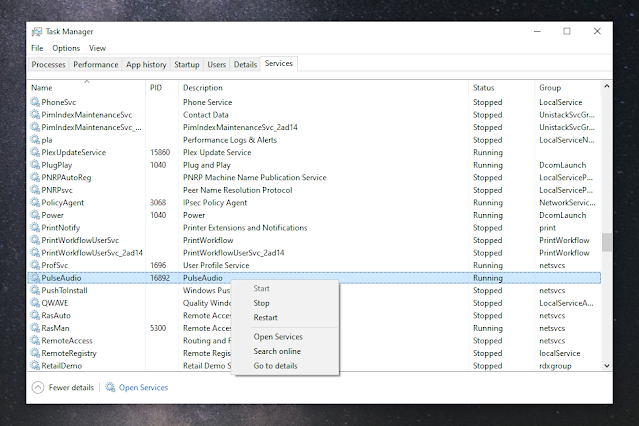

As small a delay in processing as possible Windows and Linux have totally different audio frameworks. This diagram below, is a simplified diagram of the current Linux audio framework (often referred to by the colloquialism “stack”.) The audio framework does nothing until another application tells it to play a sound, then it springs into life. It can also be thought of as an application, or set of applications, that do nothing until you add the functionality. In software a framework can be thought of as the scaffolding that you build the actual application around.

Operating systems are complex, so even something as seemingly simple as playing back or generating a sound can have multiple layers of applications talking to each other. How Window’s WASAPI and ASIO compare with Linux’s ALSA and JACK.The key differences between the way Linux and Windows handle audio.So sit back, relax, and get ready to learn: This is to make it easy for musicians and sound engineers who understand Windows well to switch to Linux and get back their fun and freedom. This article will help explain the basics of Linux audio, and it will do so by directly comparing each part of the system to the equivalent in Windows.


 0 kommentar(er)
0 kommentar(er)
